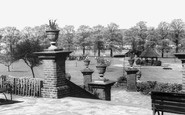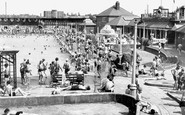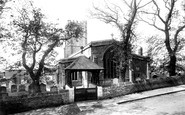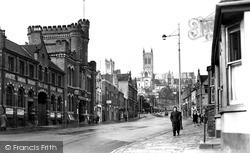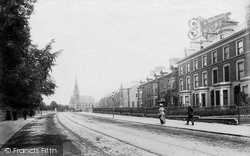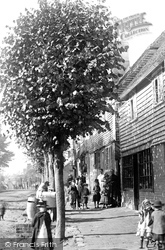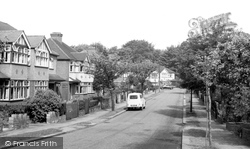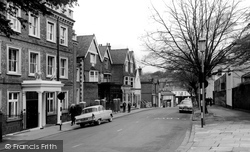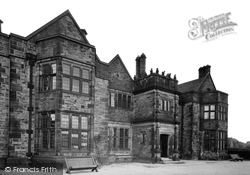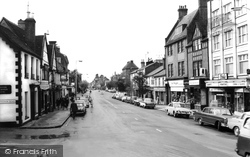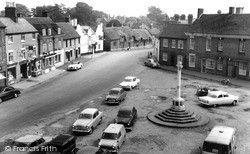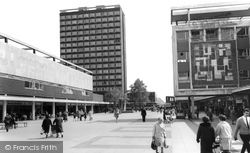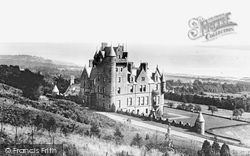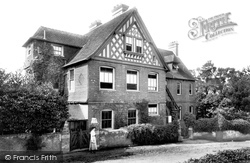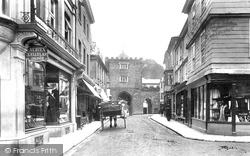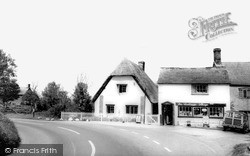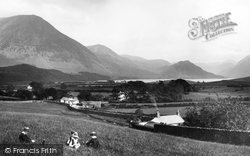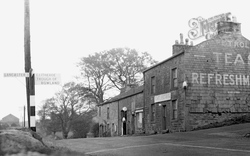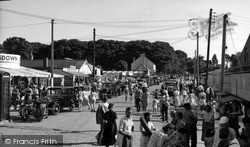Places
9 places found.
Those places high-lighted have photos. All locations may have maps, books and memories.
Photos
19 photos found. Showing results 121 to 19.
Maps
50 maps found.
Books
Sorry, no books were found that related to your search.
Memories
823 memories found. Showing results 61 to 70.
The Patch
I remember playing on 'The Patch' at the top end of Filey Road. It was mostly long grass in those days, except where the lads had trod it down in the middle playing footie. Every year all us kids would collect wood for a huge fire on ...Read more
A memory of Fordhouses in 1965 by
St Vincent Road
I lived at the bottom of St. Vincent Road, near to Temple Hill Estate and Bow Arrow Lane. We used to play in the fields and I remember Temple Hill Estate being built. I remember the air raids in the war and the bomb falling in ...Read more
A memory of Dartford in 1945 by
Happy Days 1950s And 60s
I was born and brought up in Weaverham until I left to move to Altrincham with my new wife (and job). Over that 20 year period I have so many happy memories; too many to record in 1000 words. Lived in Lime Avenue all that ...Read more
A memory of Weaverham by
Sports Galore
Although it was a fair walk or bike ride away from my Wembley Park home at Barn Rise, I regularly used to play tennis in this wonderful park, always around the time of Wimbledon when everyone rushed out to play. From memory there were ...Read more
A memory of Wembley in 1965 by
Early 1950s
I was born in Dartord where I lived in Stanham Road until I moved at the age of 9 years. Childhood friends I remember are Anthony Artist, Janet Cork, Michael Burville (not sure of spelling of surname). My next door neighbour was the ...Read more
A memory of Dartford in 1953 by
My Memories Of Selly Oak And Bournbrook
I was born Anne Shirley Crofts back of 622 Bristol Road (opposite where Aldi is now) in July 1944, brother Ronnie was born 1940, sister Vivienne was born 1942, and Alan was born 1947, between Riverton Road ...Read more
A memory of Selly Oak in 1954 by
Greenford 1969
My grandparents from both sides all lived in Ravenor Park Road from the 1940s onwards, Ernest and Phyllis Warren, my mum's parents lived about 5 doors away from Aubrey and Muriel Thurston, my dad's parent's, and that's how my parents ...Read more
A memory of Greenford in 1969 by
More Of Enfield
Swimming at the open air pool was so compulsory at George Spicer and then Kingsmead schools but then we grew a little and in the holidays worked at Pearsons and danced at the Court above Burtons in the market square. Those days it was ...Read more
A memory of Enfield in 1970 by
Wyke Regis
My wife Christina Armstrong's (nee Brown) mum Phylis was born and raised in Wyke Regis, both of Phylis's parents along with many of her relatives are buried at this church. Chris's mum was raised at Park Mead Road, her name was Phylis ...Read more
A memory of Wyke Regis by
James Joseph Irvine (Autobiography) 1911 1990
Stretching over about a mile on the A68 road to Edinburgh from Darlington, lies the small mining town of Tow Law. Approaching it from Elm Park Road Ends, on a clear day, as you pass the various openings in ...Read more
A memory of Tow Law in 1930 by
Captions
167 captions found. Showing results 145 to 168.
The Drill Hall (left), which was then the HQ of the 4th Battalion Royal Lincolnshire Regiment, has recently had a complete restoration; it reopened on 20 March 2004 to resume its place in the entertainment
The Drill Hall (left), which was then the HQ of the 4th Battalion Royal Lincolnshire Regiment, has recently had a complete restoration; it reopened on 20 March 2004 to resume its place in the entertainment
Castleton Terrace, near the camera, is still there; it is typical of the handsome rows lining the road to enjoy views of the Cave Hill and the Lough.
Kipling's literary work 'Puck of Pook's Hill' (1906) is set in the area. Park Mill, a watermill built in 1795, became part of Batemans and is restored to working order.
Look carefully at the unified appearance of this cul-de-sac as it backs onto Bush Hill Golf course.
A Saxon hill village, known as Gumeninga Hergae, or the shrine of Guma's people, in 767, it has now become well and truly subsumed into suburbia, and into Betjeman folklore through his poem of the same
Hollins Hill was built in 1909 by William Haworth, as a home for himself and his sister Anne.
In 1580 Elizabeth had leased Carey the Manor of Berkhamsted, which included the ruined castle and the deer park, at the nominal rent of one red rose.
Today the square has regrettably taken on a more regimented appearance, with a regularised car park behind concrete bollards, but it is, in its essentials, little changed.
In 1956 Princess Alice, Countess of Athlone opened a Methodist church in Langdon Hills, and in the following year the Duke and Duchess of Gloucester visited Kingswood Junior School, officially opened
The most famous was that which stopped very small children working down the coal mines - the statue of Eros in Piccadilly Circus in London marks a nation's gratitude.
After all those THE ICTHYOSAURUS ZZZ05095 (The Parks Trust, Milton Keynes) Milton Keynes's first known resident, living 150 million years ago.
The town now forms part of the Borough of Dacorum, a name of Danish origin. Geographically Hemel Hempstead has a pleasant situation.
Henry Talbot created Chart Park in 1746.
Henry Talbot created Chart Park in 1746.
This illustrious town, often called the gateway to Cornwall, crowns the dark hill that rises from the valley of the tiny River Kensey.
These cottages stand at the top of Pack Hill, near its junction with Church Road and Mayfield, in Upper Wanborough. The Cottage Shop was once a shoemaker's premises.
The hills around were less wild and rugged, and its many inlets and headlands brought it a distinct individuality.
The lower slopes of Grasmoor are prominent on the left, and the skyline is filled by Fleetwith Pike, Haystacks and High Crag.
A picnic party in a meadow in the hamlet of Loweswater are enjoying the splendid view north up Crummock Water.The lower slopes of Grasmoor are prominent on the left, and the skyline is filled by
Quernmore Park Hall lies just over a mile north of the village. A quern was a Roman hand-mill, and the moor behind the village had the ideal material to make these small mill-stones.
More than 40 years later, many visitors continue to pour in to stay at a resident caravan park offering karaoke and clubland singers on the entertainment bill.
The name of the 16th-century half-timbered Grantley Arms in the centre of the village reflects the former dominance of the family whose seat was at nearby Wonersh Park.
Places (9)
Photos (19)
Memories (823)
Books (0)
Maps (50)



